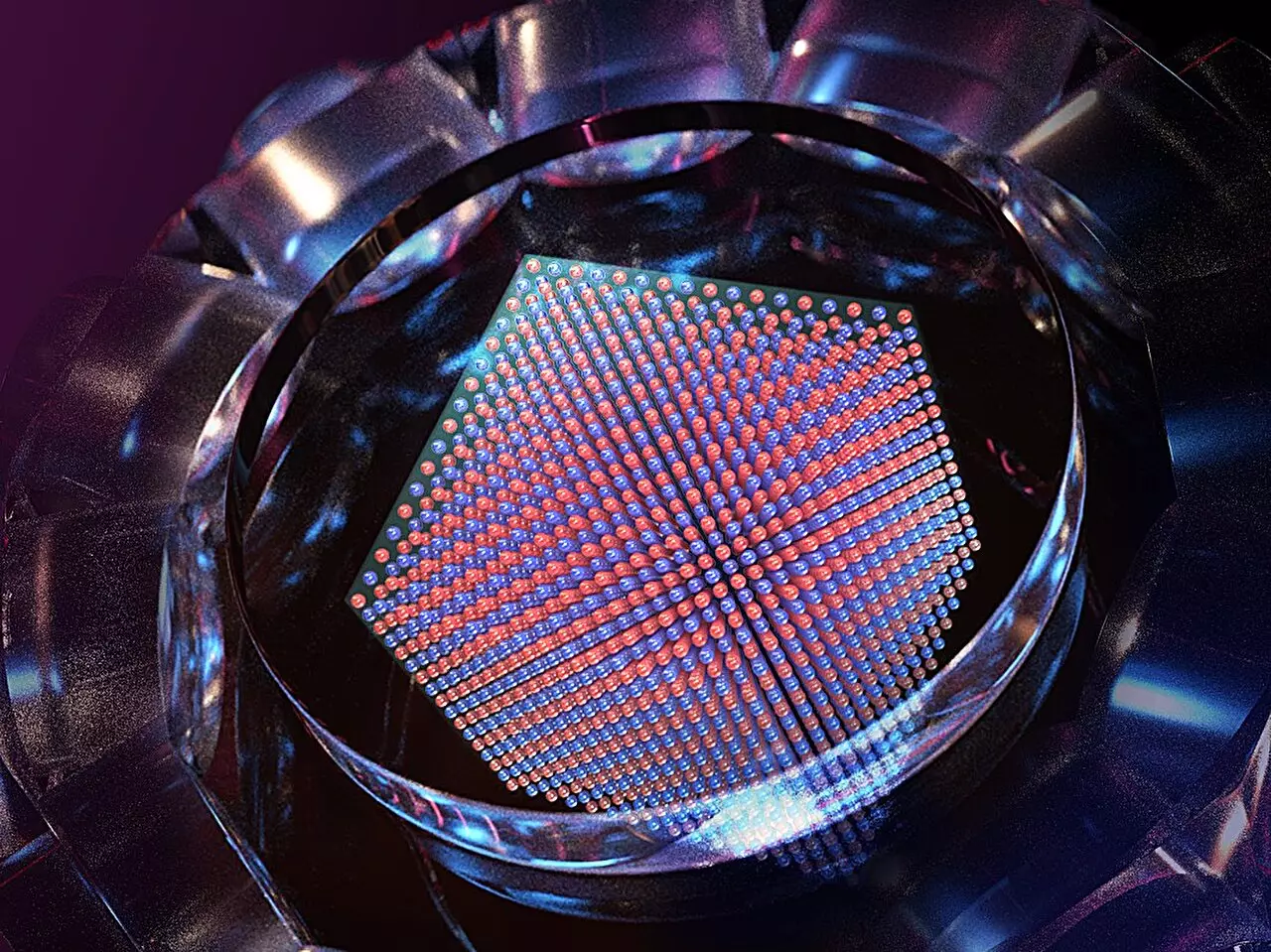In a groundbreaking study published in Nature, a team of researchers has achieved a major milestone in the field of quantum simulation by observing the antiferromagnetic phase transition within a large-scale quantum simulator of the fermionic Hubbard model (FHM). This significant achievement marks a crucial step towards unraveling the mysteries of quantum magnetism and understanding the mechanism of high-temperature superconductivity.
The fermionic Hubbard model serves as a simplified representation of electron behaviors in a lattice and holds the key to unlocking the physics behind strong correlations observed in quantum materials. However, studying the FHM poses significant challenges, as there is no exact analytical solution for this model in two and three dimensions. Even the most advanced numerical methods struggle to explore limited parameter spaces, and it is believed that a universal digital quantum computer would face difficulties in accurately solving this complex model.
Quantum simulation, utilizing ultracold fermionic atoms in optical lattices, has emerged as a promising approach to mapping out the low-temperature phase diagram of the FHM. By realizing the antiferromagnetic phase transition and reaching the ground state of the FHM at half-filling, researchers can validate the capabilities of a quantum simulator in establishing a large-scale, spatially homogeneous optical lattice and maintaining low temperatures essential for exploring quantum magnetic fluctuations.
To overcome the challenges of cooling fermionic atoms and achieving uniformity in optical lattices, the research team developed an advanced quantum simulator. This cutting-edge simulator, featuring approximately 800,000 lattice sites and uniform Hamiltonian parameters with temperatures below the Néel temperature, allowed researchers to tune interaction strengths, temperatures, and doping concentrations to approach critical values. Through these precise adjustments, the team successfully observed conclusive evidence of the antiferromagnetic phase transition, showcasing a critical exponent of 1.396 from the Heisenberg universality.
The successful observation of the antiferromagnetic phase transition in the FHM not only advances our understanding of quantum magnetism but also paves the way for further exploration of the model and the acquisition of its low-temperature phase diagram. These experimental results, surpassing the capabilities of current classical computing, highlight the advantages of quantum simulation in tackling complex scientific challenges and opening new avenues for groundbreaking research in the field of quantum physics.


Leave a Reply